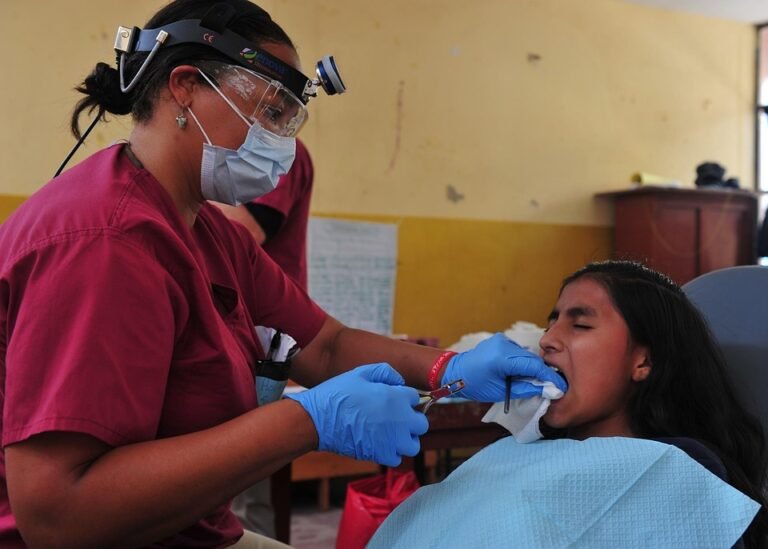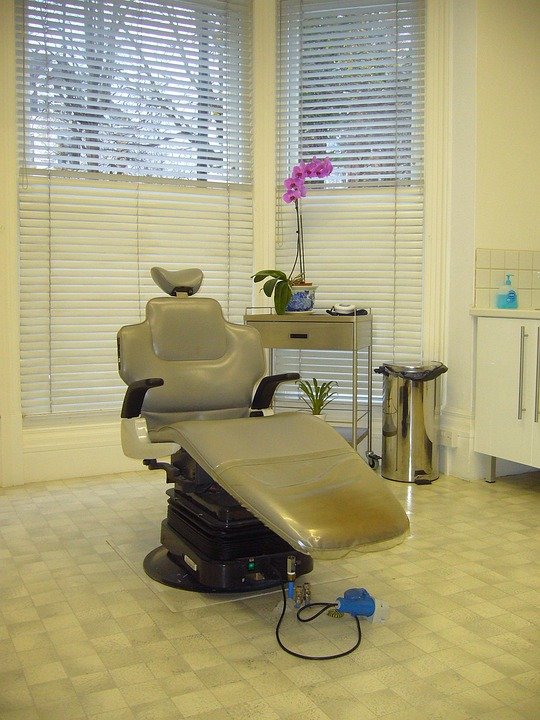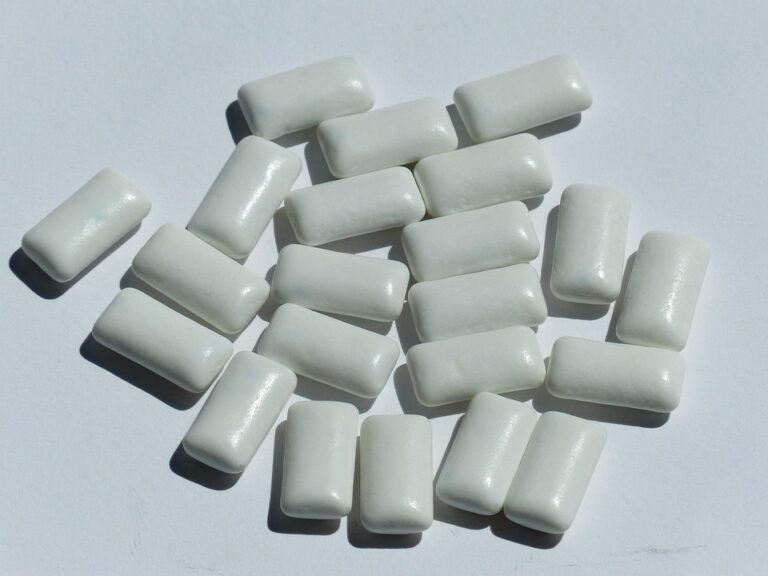What are the best lenses for beginners in dental photography
Okay, so I’m just starting to get into dental photography to document cases and share them on social media. I’m completely overwhelmed by all the lens options! I’m currently using a Nikon D5600 DSLR. What are some good, relatively affordable lenses that will allow me to capture sharp, clear intraoral and extraoral images? I’m thinking mostly close-ups of teeth, but sometimes I’d like to take photos of the entire face as well.
I’m not looking to spend a fortune right now. What are some recommendations for a solid lens (or maybe two) that would be versatile enough for a beginner and help me learn the basics without breaking the bank? Are there any specific features or specs I should be paying attention to when comparing lenses? Thanks in advance for any help!
Answer
For beginners venturing into dental photography, selecting the right lens is crucial for capturing clear, detailed images that are essential for diagnosis, treatment planning, documentation, and communication. Several lenses are well-suited for this purpose, each offering different advantages in terms of image quality, ease of use, and versatility. Here’s a detailed look at some of the best options for beginners:
1. Macro Lenses (Typically 100mm or 105mm):
- Why they are good: Macro lenses are specifically designed for close-up photography, allowing for exceptional detail and magnification of small subjects like teeth and oral structures. The longer focal length (100mm or 105mm) provides a comfortable working distance between the camera and the patient’s mouth, which is vital for patient comfort and ease of maneuvering.
- Key Features:
- High Magnification: Macro lenses typically offer a 1:1 magnification ratio, meaning the size of the object on the sensor is equal to its actual size. This is crucial for capturing fine details like enamel cracks, margins of restorations, and tissue textures.
- Sharpness: Macro lenses are known for their exceptional sharpness and clarity, crucial for diagnostic quality images.
- Low Distortion: These lenses are designed to minimize distortion, ensuring accurate representation of the subject’s geometry.
- Working Distance: The longer focal length provides a more comfortable working distance, minimizing patient discomfort and reducing the risk of contamination.
- Considerations:
- Price: Macro lenses can be more expensive than other types of lenses.
- Learning Curve: Mastering the use of a macro lens requires practice and understanding of techniques like focus stacking to achieve sufficient depth of field.
- Specific Recommendations:
- Canon EF 100mm f/2.8L Macro IS USM: Renowned for its sharpness, image stabilization, and fast autofocus.
- Nikon AF-S VR Micro-Nikkor 105mm f/2.8G IF-ED: A highly regarded macro lens known for its exceptional image quality and vibration reduction.
- Sony FE 90mm f/2.8 Macro G OSS: A premium macro lens designed for Sony E-mount cameras, offering outstanding sharpness, image stabilization, and a smooth bokeh.
2. Mid-Range Zoom Lenses with Macro Capability:
- Why they are good: Some mid-range zoom lenses (e.g., 24-70mm, 24-105mm) offer a "macro" mode or close focusing ability. While they might not achieve the same level of magnification as dedicated macro lenses, they provide versatility for both close-up and general photography.
- Key Features:
- Versatility: Suitable for various photographic needs beyond intraoral images, such as extraoral portraits, operatory shots, and equipment photos.
- Convenience: A single lens can cover a range of focal lengths, reducing the need to switch lenses frequently.
- Cost-Effective: Often more affordable than dedicated macro lenses.
- Considerations:
- Magnification: Macro capabilities in zoom lenses are typically limited, offering less magnification than dedicated macro lenses.
- Image Quality: May not provide the same level of sharpness and detail as dedicated macro lenses.
- Specific Recommendations:
- Canon EF 24-105mm f/4L IS USM: A versatile zoom lens with good image quality and a useful macro mode.
- Nikon AF-S Nikkor 24-120mm f/4G ED VR: A versatile zoom lens that offers good image quality and vibration reduction.
- Tamron 24-70mm f/2.8 Di VC USD G2: A popular third-party lens known for its sharpness, image stabilization, and fast aperture.
3. Dedicated Dental Lenses:
- Why they are good: Some manufacturers offer lenses specifically designed for dental photography. These lenses often have built-in features that simplify the process of capturing high-quality intraoral images.
- Key Features:
- Optimized for Dental Photography: Designed with the specific needs of dental photography in mind.
- Ease of Use: Some offer simplified settings and features that make them easy to use for beginners.
- Integrated Lighting Systems: Some include built-in LED lights for consistent and even illumination.
- Considerations:
- Cost: Dedicated dental lenses can be more expensive than general-purpose macro lenses.
- Limited Versatility: Primarily designed for dental photography and may not be as versatile for other types of photography.
- Specific Recommendations:
- Nikon 85mm dental lens: While now discontinued and difficult to find new, it’s highly regarded when found used.
- Other brand specific lenses: Research current offerings from dental photography equipment suppliers.
Accessories to enhance lens performance for dental photography:
- Ring Flash or Twin Flash: A ring flash encircles the lens, providing even, shadow-free illumination, which is ideal for intraoral photography. A twin flash system offers more flexibility in controlling light direction and creating more natural-looking images.
- Diffusers: Diffusers soften the light from the flash, reducing harsh shadows and highlights.
- Retractors and Mirrors: These tools are essential for retracting cheeks and tongue, providing clear access to the teeth and oral structures. Mirrors allow you to capture images of difficult-to-reach areas.
- Polarizing Filters: These filters can reduce glare and reflections, especially when photographing teeth with shiny surfaces.
- Grey cards: These are useful for setting a correct exposure in camera, and also for calibrating white balance when editing.
General Recommendations for Beginners:
- Start with a 100mm or 105mm Macro Lens: A dedicated macro lens offers the best image quality and magnification for intraoral photography. The longer focal length provides a comfortable working distance.
- Consider a Mid-Range Zoom Lens as a Secondary Option: A zoom lens with macro capabilities can be a versatile addition to your kit, allowing you to capture a wider range of images.
- Invest in Good Lighting: Proper lighting is essential for dental photography. A ring flash or twin flash system is highly recommended.
- Practice Regularly: Dental photography requires practice and patience. Start with simple shots and gradually work your way up to more complex cases.
- Learn Post-Processing Techniques: Basic image editing can enhance the quality of your photos and correct minor imperfections.
By carefully considering these factors and choosing the right lens, beginners can confidently embark on their journey into dental photography and capture images that are valuable for clinical practice, education, and communication.


